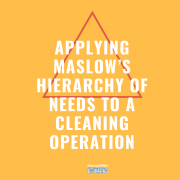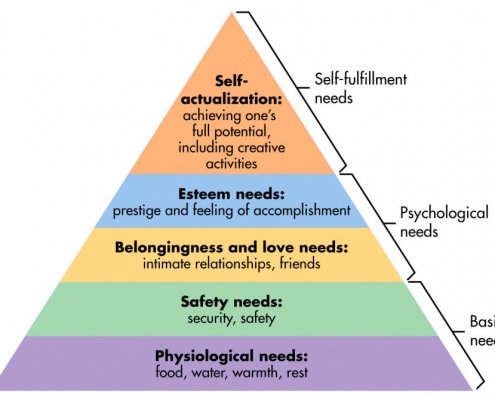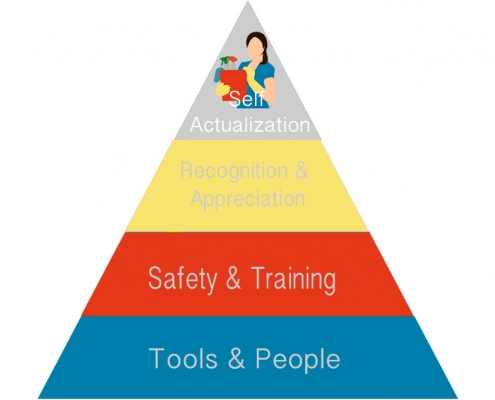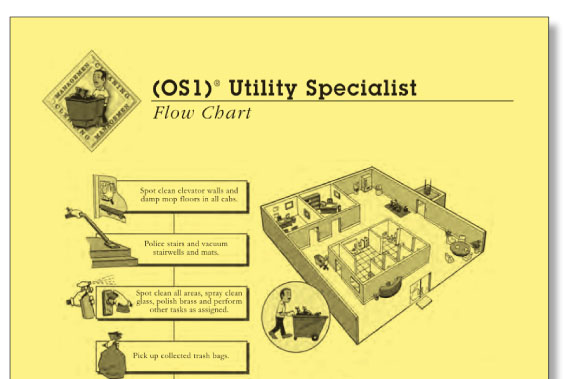Our 10 Most Read Blog Posts of 2018
The final days in December provide us with a wonderful opportunity to hit the pause button and step back for a moment. It’s a time when a lot of us dig into our drawers for the napkin where we outlined our goals and objectives for the year so we can see how well we did in accomplishing them. It’s also time to think about our professional goals for the upcoming year identify ways to get there—much as the Roman god “Janus” from whom the word “janitor” is derived looks to both the past and the future.
This year was a rough one for us. Despite the passing of our founder, John Walker, just a few months ago, we are more committed and inspired than ever to carrying out his legacy. The individual who cleans—the janitor, custodian, housekeeper, maid—whatever title you wish to use, was the focus of much of his work. He made it his mission to bring recognition to the those who play such a critical role in keeping our buildings clean and its occupants safe.
This focus often gets lost in the industry conversation about how we can cut costs, improve productivity and clean faster. Yet, as our most read blog posts of the year shows, focusing on the worker is what resonates with readers of our blog the most. We are also committed to cleaning more safely and in a way that brings dignity and respect to the cleaning workers.
We can’t wait to share some of our new educational products and initiatives with you in 2019. If you want to stay up-to-date with what we’ll be launching, make sure you have subscribed to our newsletter. And as you make your list of professional goals for 2019, know that we would love to help you get there. Whether it’s by joining the more than 3,000 individuals who have attended Janitor University, through our online learning resources or the many books available in our store, we have a variety of resources that can be used within any custodial organization.
Here’s to helping our custodial teams clean better and more safely in 2019!
Here are our most read blog posts of 2018:
- Custodial Injuries: Why Legislators Are Starting to Act: On the heels of a Cal/OSHA vote to enact legislation to protect hotel housekeepers from musculoskeletal injuries, we dig into the most common custodial injuries.
- Think Janitor is a Dirty Word: This 2017 post continued to resonate with visitors, as it was our second highest read post this year. In it, we look at the origin of the word “janitor” and show how it is actually tied to deity.
- The Heart of Cleaning: A look at several cleaners making a big difference in the world.
- Thank a Cleaner: Shining a light on the difficult and thankless task of custodial work.
- How to Clean to Stop the Flu Virus: This popular blog post and infographic highlights the common issue of presenteeism and practical steps custodial professionals can take to limit the spread of the flu virus.
- Easy Ways to Energize Your Employees in 2018: This comprehensive list helps managers keep their team motivated and excited about work.
- Training for Different Learning Styles: Understanding the VARK model of learning styles and tailoring training materials so workers can get the most out of them.
- 4 Things Every Custodial Job Description Should Include: Just like every great dish is made of great ingredients, the same goes for developing a great custodial worker.
- 5 Easy Ways to Attract Millennials: Strategies for recruiting younger members to your team.
- 3 Things You Need for Your Custodial Program to be Successful: Looking closely at the “three-legged stool of cleaning” and why we shouldn’t just assume that anyone can clean.
Wishing you and yours a great holiday season and kick-off to 2019!









 As
As 
